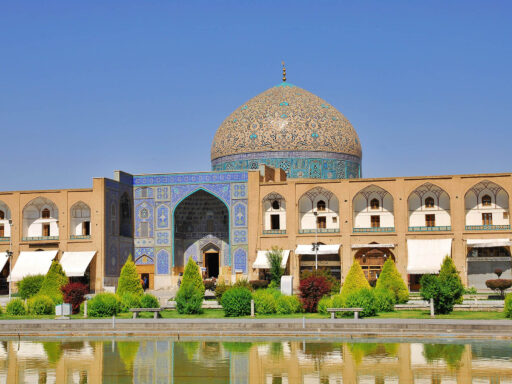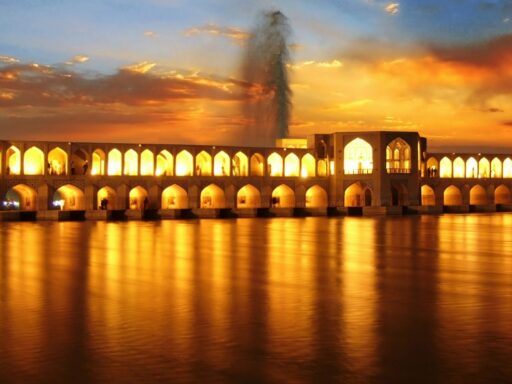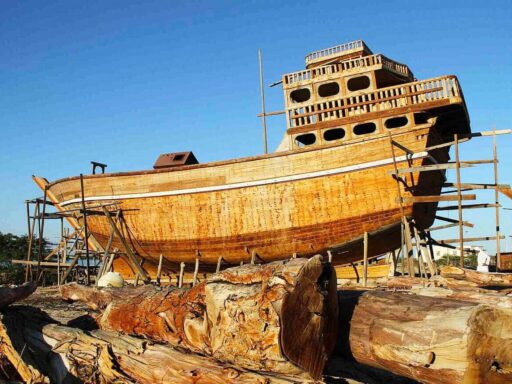Shah Mosque (Imam Mosque): A Glimpse into Isfahan’s Architectural Marvel
Nestled in the heart of Isfahan, Iran, the Shah Mosque, also known as the Imam Mosque, stands as a testament to the grandeur of Persian architecture and the rich cultural heritage of the Safavid era. This article explores the history, architectural features, and cultural significance of this iconic mosque, which has captivated the hearts and minds of visitors for centuries.
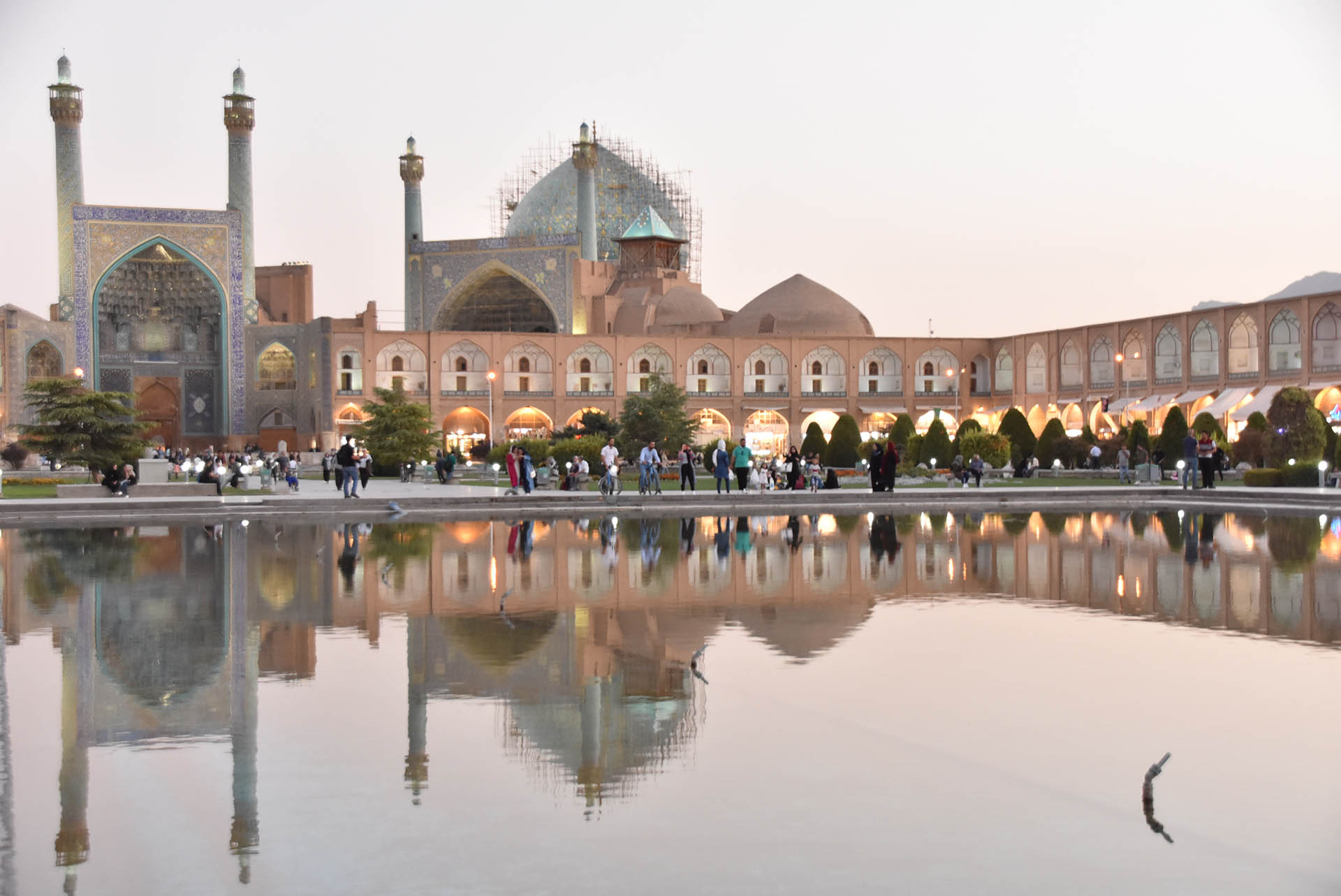
Introduction to the Shah Mosque (Imam Mosque)
The Shah Mosque (Imam Mosque), referred to as Masjid-e Imam in Persian, is one of the most splendid examples of Islamic architecture in the world. Located on the south side of Naqsh-e Jahan Square, this mosque was built during the Safavid dynasty, under the reign of Shah Abbas I. It is renowned for its stunning tile work, intricate calligraphy, and harmonious design that reflects the peak of Persian architectural prowess.
Historical Background
The construction of the Shah Mosque (Imam Mosque) began in 1611 and was completed in 1629, marking a significant period in Iran’s architectural history. Shah Abbas I commissioned the mosque as part of his grand vision to create a new capital in Isfahan, transforming the city into a center of cultural and religious significance. The mosque not only served as a place of worship but also as a symbol of the Safavid dynasty’s power and piety.
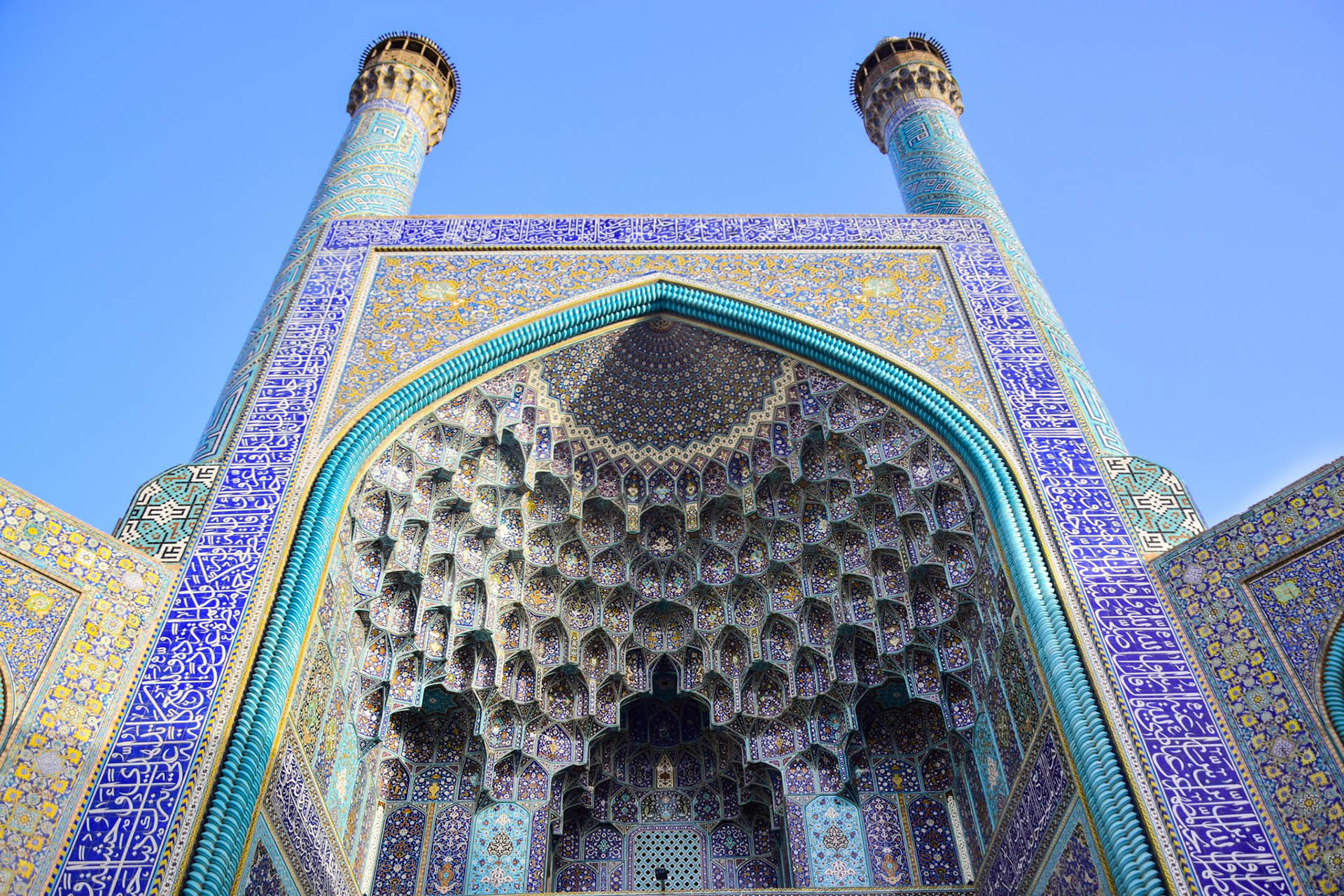
Architectural Brilliance of the Shah Mosque (Imam Mosque)
Exterior Design
The exterior of the Shah Mosque (Imam Mosque) is a dazzling display of Persian artistry. The main entrance, known as the Iwan, is an imposing structure adorned with intricate tile work and calligraphy. The towering minarets flanking the Iwan reach a height of 42 meters, drawing the eyes upward and emphasizing the mosque’s grandeur. The use of vibrant blue and turquoise tiles creates a mesmerizing visual effect, making the mosque a jewel in Isfahan’s architectural crown.
Interior Splendor
Upon entering the Shah Mosque (Imam Mosque), visitors are greeted by a breathtaking interior that showcases the mastery of Safavid craftsmanship. The central dome, soaring to a height of 53 meters, is adorned with an intricate mosaic of tiles arranged in geometric patterns. The play of light and shadow within the dome creates a sense of ethereal beauty, evoking a feeling of transcendence.
The prayer hall, with its soaring arches and meticulously decorated mihrab (prayer niche), exemplifies the attention to detail that characterizes Persian architecture. The walls are covered with exquisite tile work depicting floral motifs, arabesques, and Quranic verses, each tile meticulously placed to create a harmonious and unified design.
Acoustic Marvels
One of the most fascinating aspects of this mosque is its acoustic design. The architects ingeniously incorporated elements that enhance the auditory experience within the mosque. The dome’s unique shape allows for the amplification of sound, enabling the imam’s voice to be heard clearly by all worshippers. This acoustic feature not only enhances the spiritual atmosphere but also highlights the ingenuity of Persian architects in blending form and function.
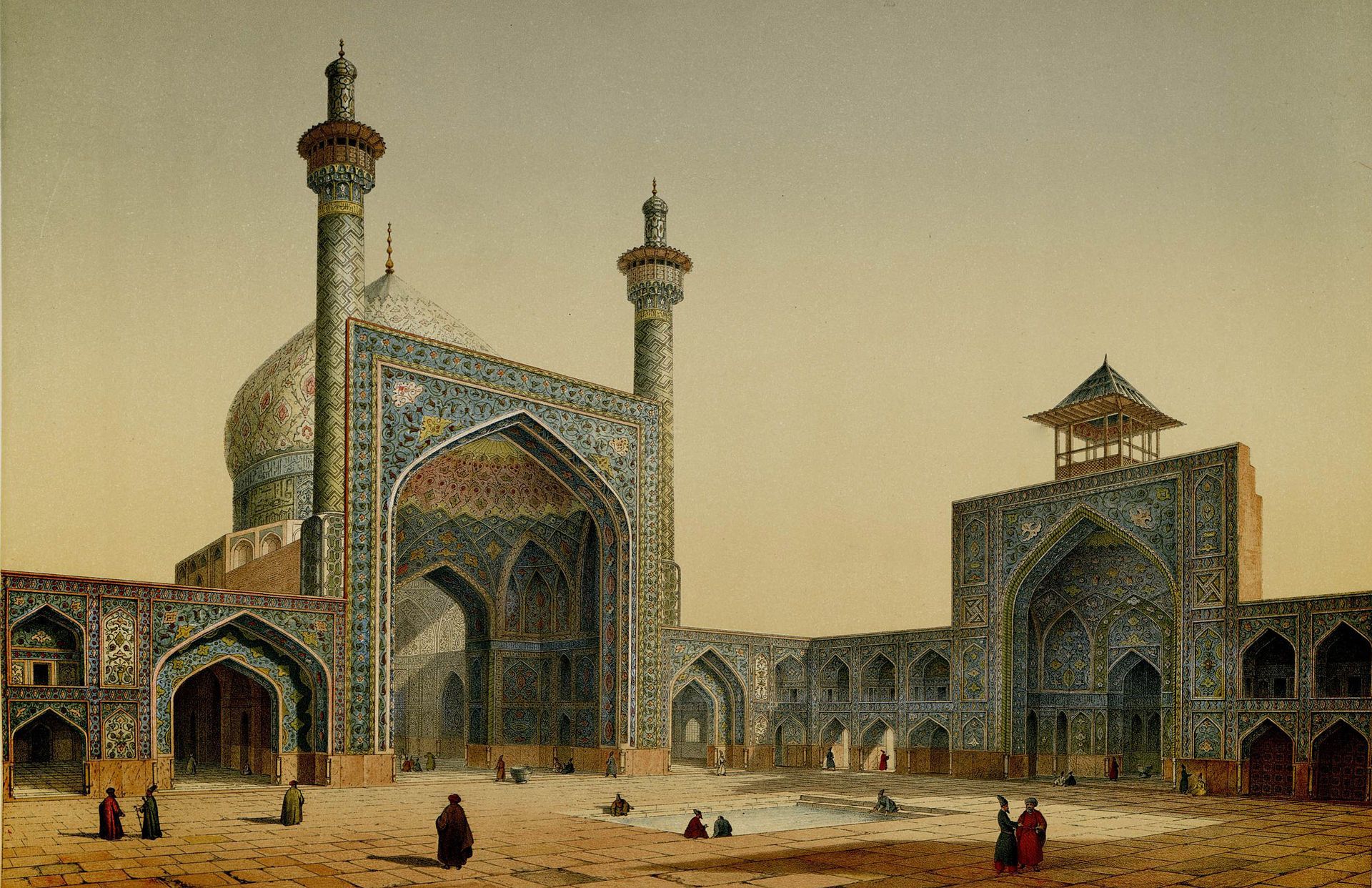
Cultural and Religious Significance
A Center of Worship
The Shah Mosque (Imam Mosque) has served as a center of worship for centuries, drawing devout Muslims from across Iran and beyond. Its strategic location on Naqsh-e Jahan Square made it an integral part of the Safavid capital, reflecting the dynasty’s commitment to promoting Islam and Persian culture. The mosque’s role as a place of communal prayer and religious gatherings has cemented its importance in the spiritual life of Isfahan.
Symbol of Safavid Power
Beyond its religious significance, the Shah Mosque (Imam Mosque) stands as a symbol of the Safavid dynasty’s power and influence. Shah Abbas I envisioned Isfahan as a showcase of Persian civilization, and the construction of the mosque was a testament to his ambition. The mosque’s grandeur and architectural brilliance were intended to project the strength and sophistication of the Safavid state, both to its citizens and to foreign visitors.
Influence on Persian Architecture
this mosque has had a lasting impact on Persian architecture, serving as a source of inspiration for subsequent generations of architects and builders. Its innovative design elements, such as the use of large domes, intricate tile work, and carefully planned acoustics, have been emulated in other mosques and public buildings throughout Iran. The mosque’s influence can be seen in the development of Persian architecture, which continues to be celebrated for its beauty and ingenuity.
Visiting the Shah Mosque (Imam Mosque)
Practical Information for Visitors
For those planning to visit this mosque, it is essential to be aware of certain practical details to ensure a fulfilling experience. The mosque is open to visitors throughout the year, with specific visiting hours that vary depending on the season. It is advisable to check the latest information on opening hours and any potential restrictions before planning your visit.
Best Time to Visit
The best time to visit the Shah Mosque (Imam Mosque) is during the spring and autumn months, when the weather in Isfahan is mild and pleasant. During these seasons, visitors can fully appreciate the beauty of the mosque without the discomfort of extreme temperatures. Early morning and late afternoon are ideal times to visit, as the sunlight casts a warm glow on the mosque’s exterior, enhancing its visual appeal.
Respectful Behavior
As a place of worship, it is important for visitors to show respect and observe appropriate behavior while exploring the Shah Mosque (Imam Mosque). Modest clothing is required, and women are advised to wear a headscarf. Visitors should also be mindful of prayer times and avoid entering the prayer hall during these periods. Photography is generally allowed, but it is advisable to ask for permission before taking pictures of worshippers.
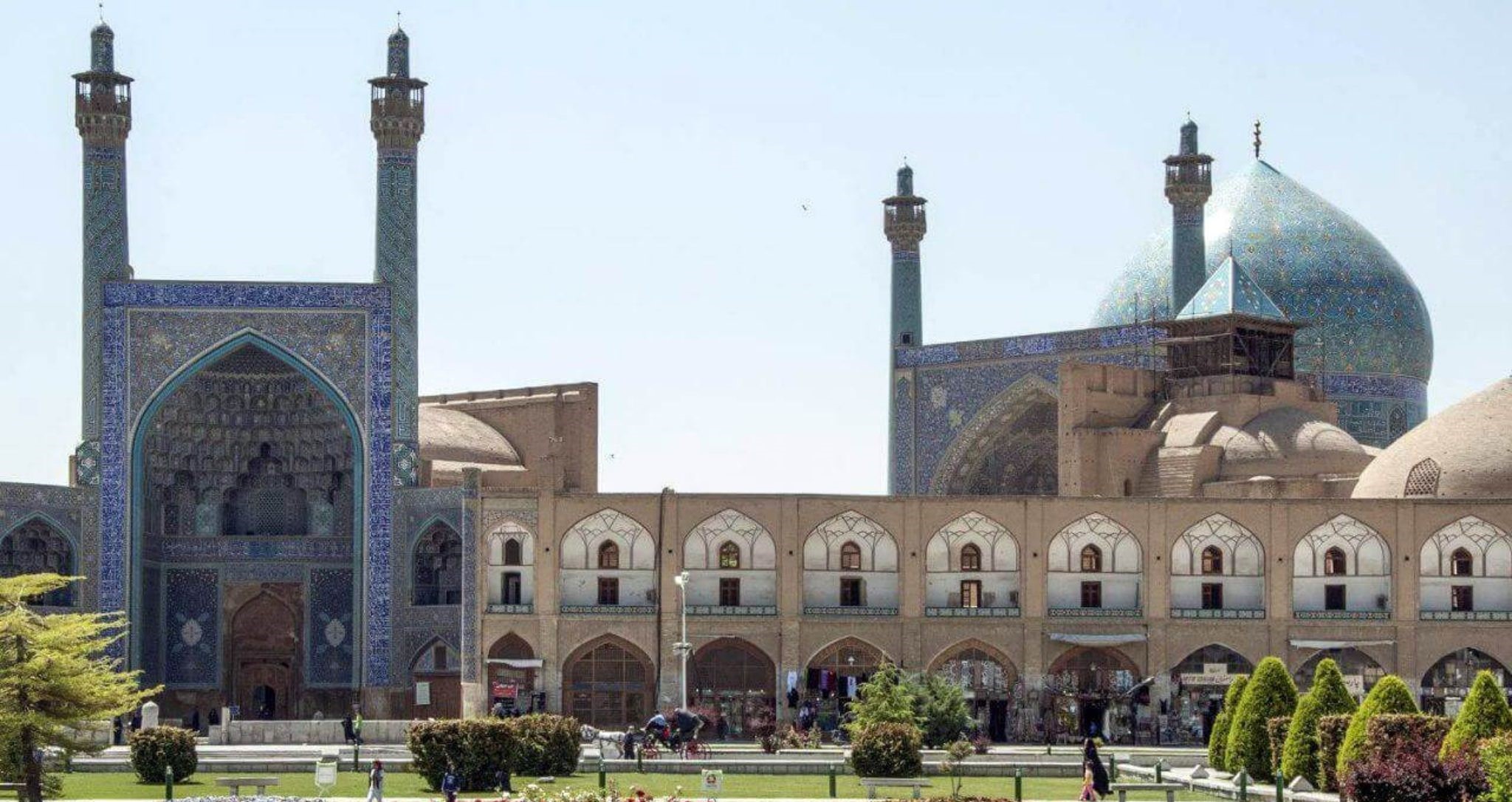
Preservation and Restoration Efforts
Historical Preservation
Over the centuries, this mosque has faced challenges related to preservation and restoration. The delicate tile work and intricate designs are susceptible to the effects of weathering and time. However, significant efforts have been made to preserve the mosque’s original beauty and structural integrity. The Iranian government, along with various cultural and heritage organizations, has undertaken extensive restoration projects to ensure that the mosque remains a testament to Persian architectural brilliance.
Modern Restoration Techniques
Modern restoration techniques have played a crucial role in the preservation of the this mosque. Advanced technology and materials have been used to repair and protect the delicate tile work, ensuring that the vibrant colors and intricate patterns are maintained. These efforts have not only preserved the mosque for future generations but have also provided valuable insights into the methods and techniques used by Safavid craftsmen.
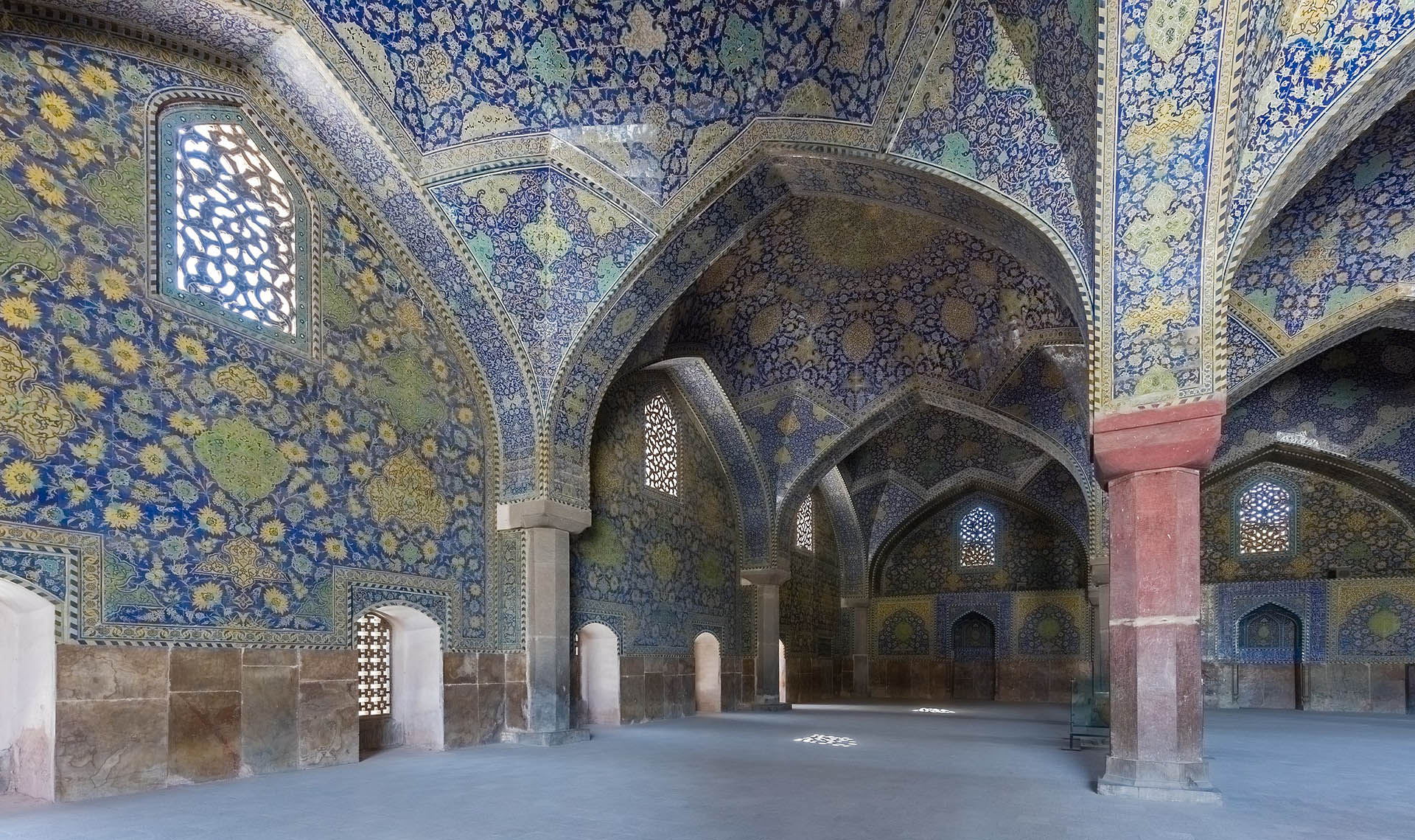
Conclusion: A Timeless Marvel
The Shah Mosque (Imam Mosque), with its stunning architectural features and rich Historical significance, stands as a timeless marvel in the heart of Isfahan. It is a testament to the ingenuity and creativity of Persian architects and craftsmen, whose work continues to inspire and captivate visitors from around the world. As a center of worship, a symbol of Safavid power, and a masterpiece of Islamic architecture, this mosque remains an enduring legacy of Iran’s cultural heritage.
The Enduring Legacy of the Shah Mosque (Imam Mosque)
In conclusion, this mosque is more than just a place of worship; it is a symbol of the cultural and architectural achievements of the Safavid era. Its breathtaking beauty, innovative design, and historical significance make it a must-visit destination for anyone interested in Persian culture and Islamic architecture. As efforts continue to preserve and protect this architectural gem, the Shah Mosque (Imam Mosque) will undoubtedly continue to inspire awe and admiration for generations to come.


